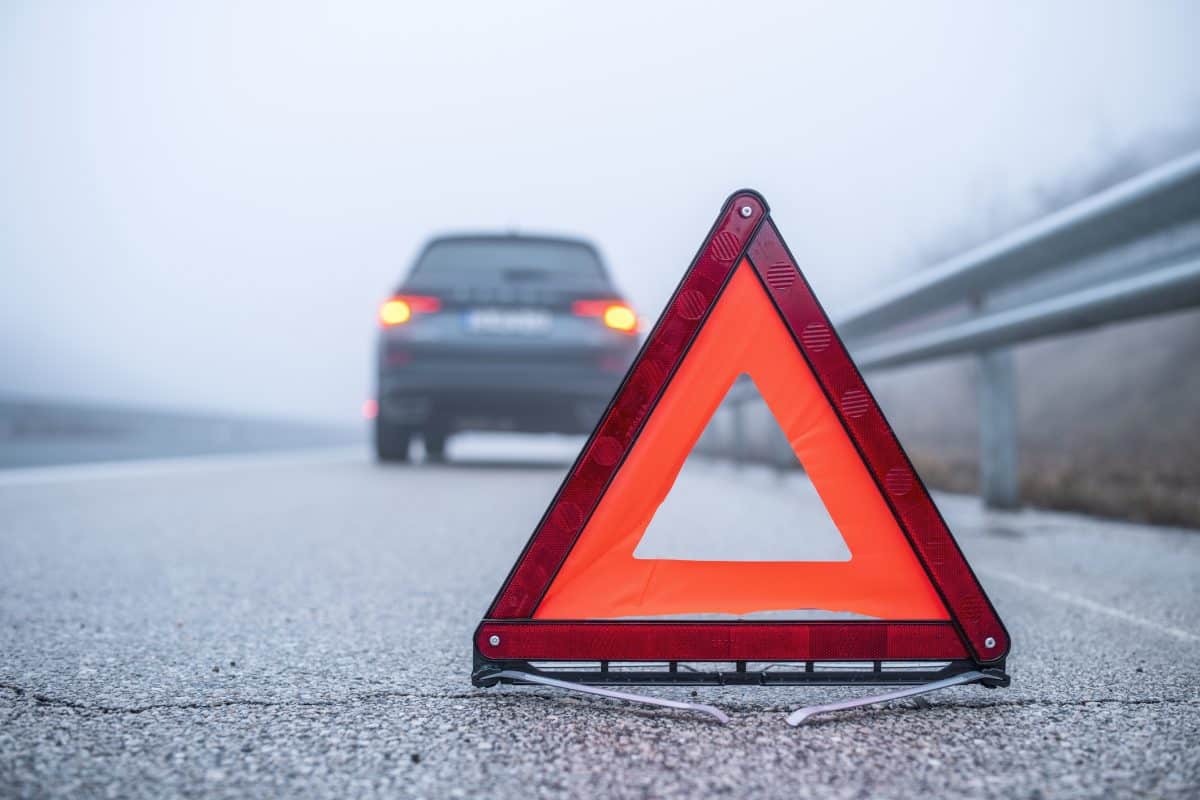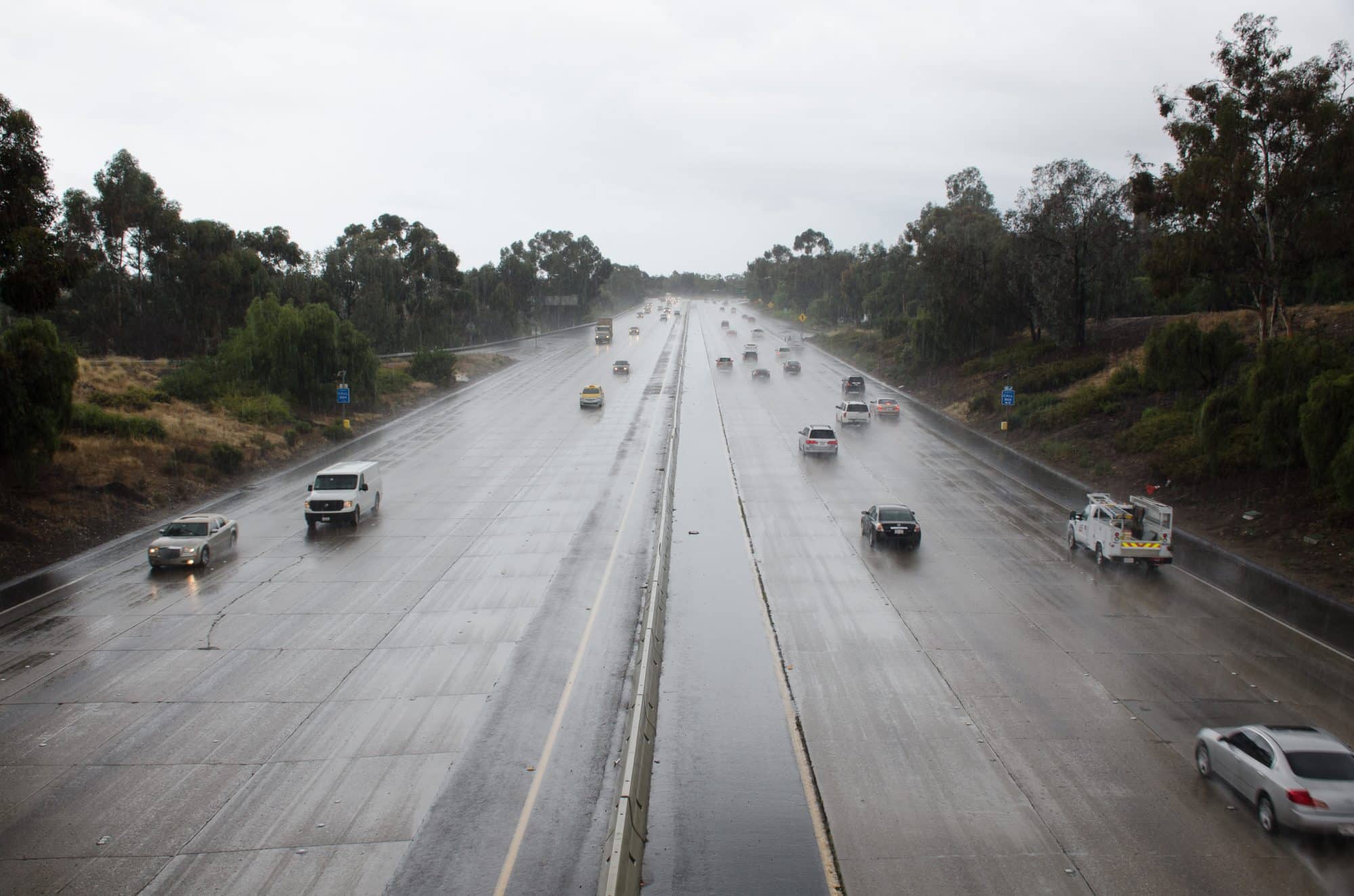Drive Safe Alabama reports that, in 2020, someone was killed in a fatal crash on Alabama’s roads on average every 9 hours and 20 minutes. That’s a shocking statistic, and it underscores the importance of being aware of the risks when you get behind the wheel.
Whether you’re a resident or just plan on passing through, join us in exploring some of Alabama’s most dangerous roadways. From winding mountain roads to busy interstates, we’ll examine the unique challenges and hazards of each roadway and provide you with tips and strategies for staying safe.
We hope you find this guide informative and helpful, and most importantly, we hope it helps keep you and your passengers safe on the road.
US 431 — “Highway to Hell”
U.S. Route 431, known for decades as the “highway to hell,” is a notorious road that passes through Huntsville, Alabama. It is widely considered to be the most dangerous road in the state, and even one of the most deadly in the world.
The sinister nickname was given to the road because of the high number of accidents that occur on it each year; sharp turns, steep hills, and narrow bridges make it a treacherous route for drivers.
To combat this, city authorities have taken several measures in attempts to make the highway safer for motorists, including adding traffic lights and turn lanes.
Despite these efforts, drivers should still exercise extreme caution when traveling on US 431.
Interstate 65 — No Room on the Road
According to data from the National Highway Traffic Safety Administration and Federal Highway Administration, I-65 has the highest rates of fatal accidents in the state of Alabama. This interstate connects Mobile, Montgomery, Birmingham, and Huntsville, making it a critical artery for both commerce and transportation.
When interviewed, Alabama State Rep. Chris Sells attributed most of the danger on this road to congestion — there are simply too many people on the road, and this number keeps increasing.
The high volume of traffic often leads to accidents and can make driving on this road a nerve-wracking experience. Sells also explained that a lengthy downhill slope on the road can lead to both excessive speeds and pooling rainwater, making it even more dangerous.
Interstate 20 — “Bloody 20”
One of the most notorious sections of interstate highway is the portion of I-20 outside of Birmingham, between Leeds and Pell City.
This stretch of I-20 is known for its treacherous terrain: there are two significant uphill grades in each direction that can slow down truck traffic, making it challenging for vehicles to maintain consistent speeds. Unfortunately, this doesn’t stop drivers from speeding.
The combination of speeding cars and heavy truck traffic on this section of the interstate has led to numerous accidents over the years. In fact, it’s sometimes referred to as “Bloody 20” due to the frequency of accidents and fatalities that occur.
Thankfully, steps have been taken to improve the safety of this road. Between 2010 and 2014, one lane was added in each direction. This has only helped alleviate some of the traffic congestion, though, making it slightly easier for vehicles to move along the interstate safely.
Hazards on the Highway

- Poor Visibility: Low light conditions and obstructed views due to trees and hedges at intersections can make it difficult for drivers to see the road ahead or other vehicles, leading to collisions.
- Uneven Terrain: The hilly terrain on these roads can lead to excessive speeding and hydroplaning. Drivers may lose control of their vehicles when going too fast downhill or when taking sharp turns, especially when it is raining, leading them to crash.
- Sudden Changes from 2 Lanes to 4: When roads suddenly change from 2 lanes to 4, drivers may not have enough time to adjust to the new conditions and may end up colliding with other vehicles.
- Congestion: Heavy traffic congestion can be a significant hazard on any road, and these dangerous highways are no exception. With lots of big trucks and locals reporting way too many people on the road, drivers tend to become impatient and distracted.
- Reckless Drivers: While many of the dangers are due to the road itself, people play a part as well. Motorists who follow too closely, speed, and don’t pay attention to the road cause accidents by tailgating other vehicles, failing to stop at stop signs or red lights, and drifting into other lanes
Keep These Tips in Mind!
Now that we are aware of the hazards that contribute to making roads like US 431, I-65, and I-20 so unsafe, we can learn how to combat these obstacles and arrive safely.
If visibility is poor, slow down and use your lights.
Don’t follow too closely if weather or road conditions make it challenging to see where you are going. Take your time and use your headlights and fog lights as needed.
Check your tires and your speed when navigating uneven terrain.
When the roads are not even, stay within the speed limit and avoid sudden acceleration or sharp turns. Before getting on the road, confirm that your tires have sufficient tread depth and are inflated properly to minimize the risk of hydroplaning.
Turn signals and blind spots should not be forgotten.
When it comes to sudden lane changes, practice caution and be sure there is enough space to merge safely.
Stay patient, stay focused.
Having too many people on the road at one time is stressful for everyone, but we still have to practice safety. Do your best to remain calm in high-traffic conditions, and get rid of distractions during the stop-and-go moments by putting your phone away while driving.
Keep your cool, and keep your distance.
Reckless drivers are an unavoidable risk on the road, but we can still take measures to lessen the chances of collision. In general, keep a safe distance from other motorists, especially any driver that is engaging in unsafe driving practices like speeding, swerving, or rapidly changing lanes. If a driver is frustrating you, try to stay calm and disengage rather than start a conflict.
Overall, the keys to staying safe on the most dangerous roads in Alabama are to stay vigilant, patient, and aware of your surroundings. By being cautious of potential obstacles and taking the necessary precautions, you can significantly reduce your risk of accidents. Remember, it’s always better to show up a few minutes later than to risk your life or the lives of others on the road.
The Long Brothers know how devastating and life-altering an auto accident can be, and we want to help you through the legal process. Call or fill out our form for a free consultation, and rest easy knowing that your case is in safe hands.








